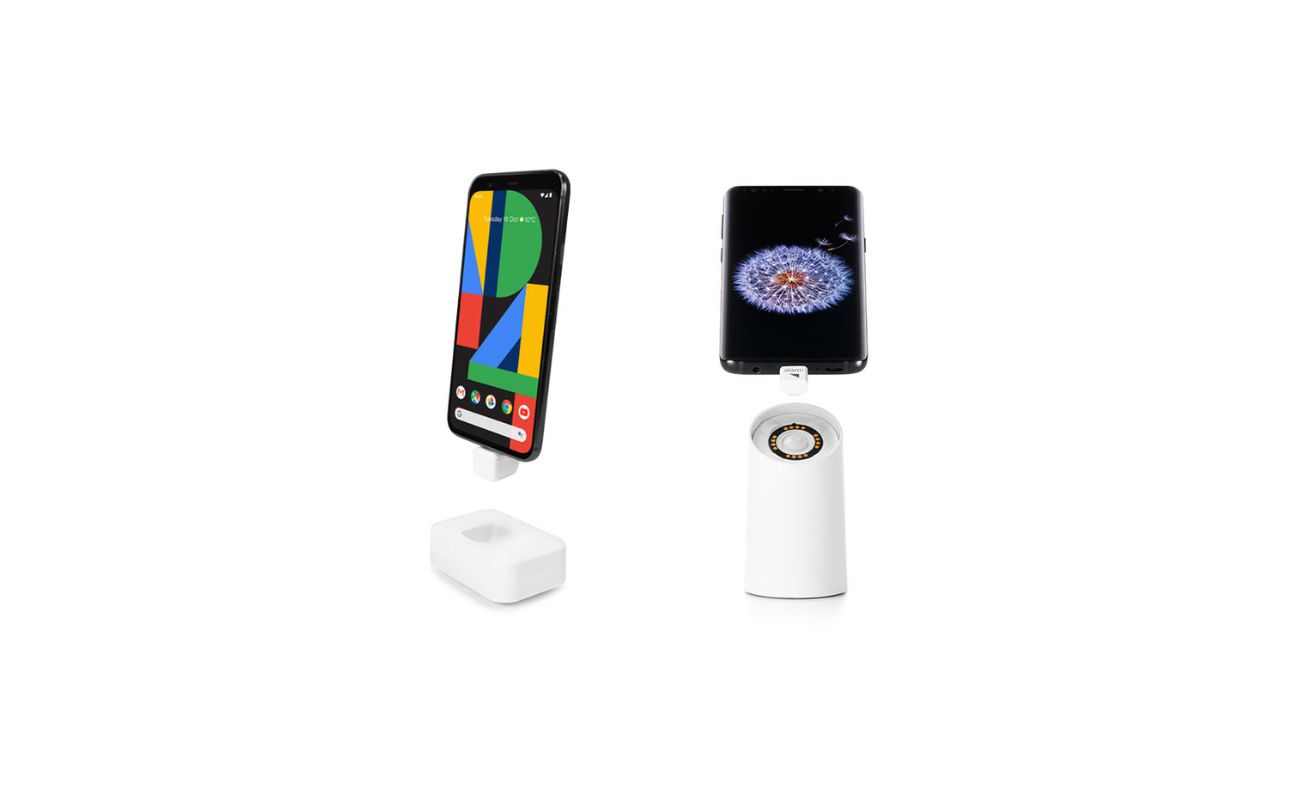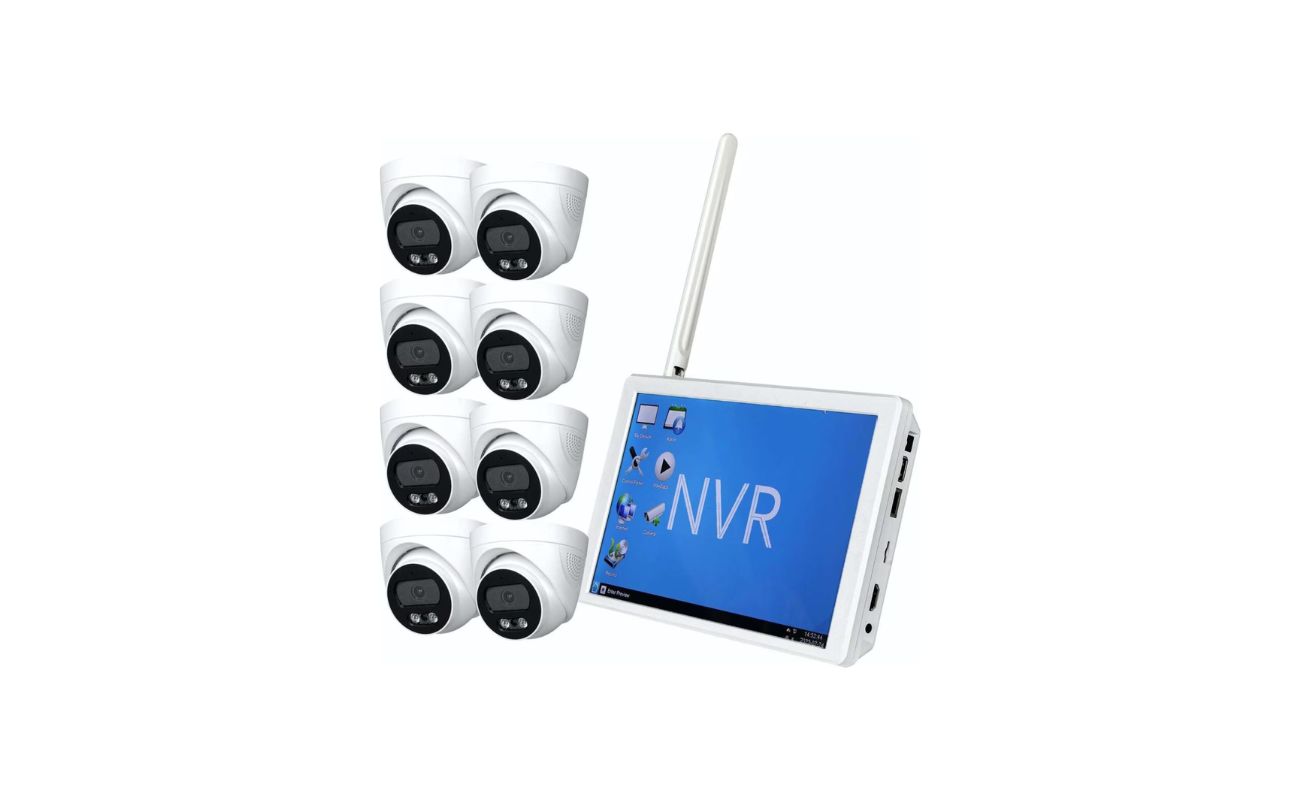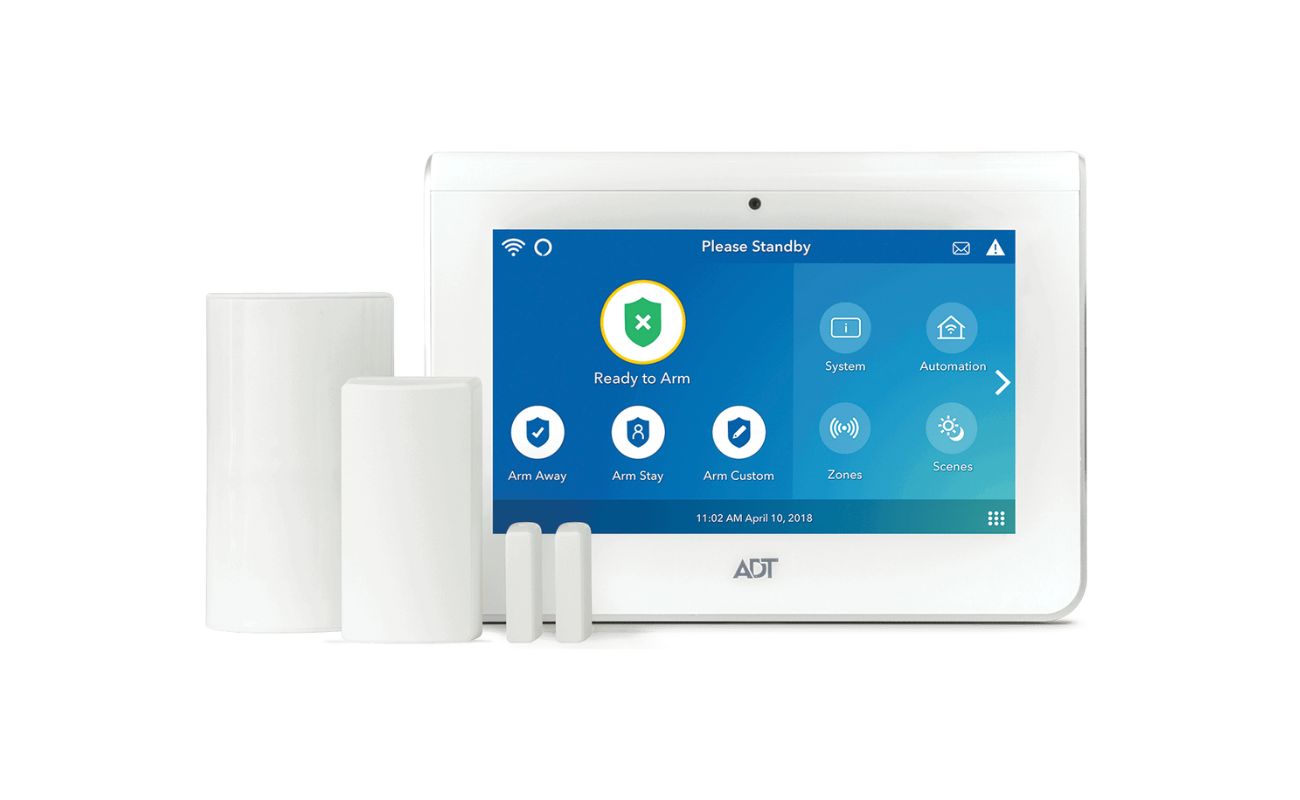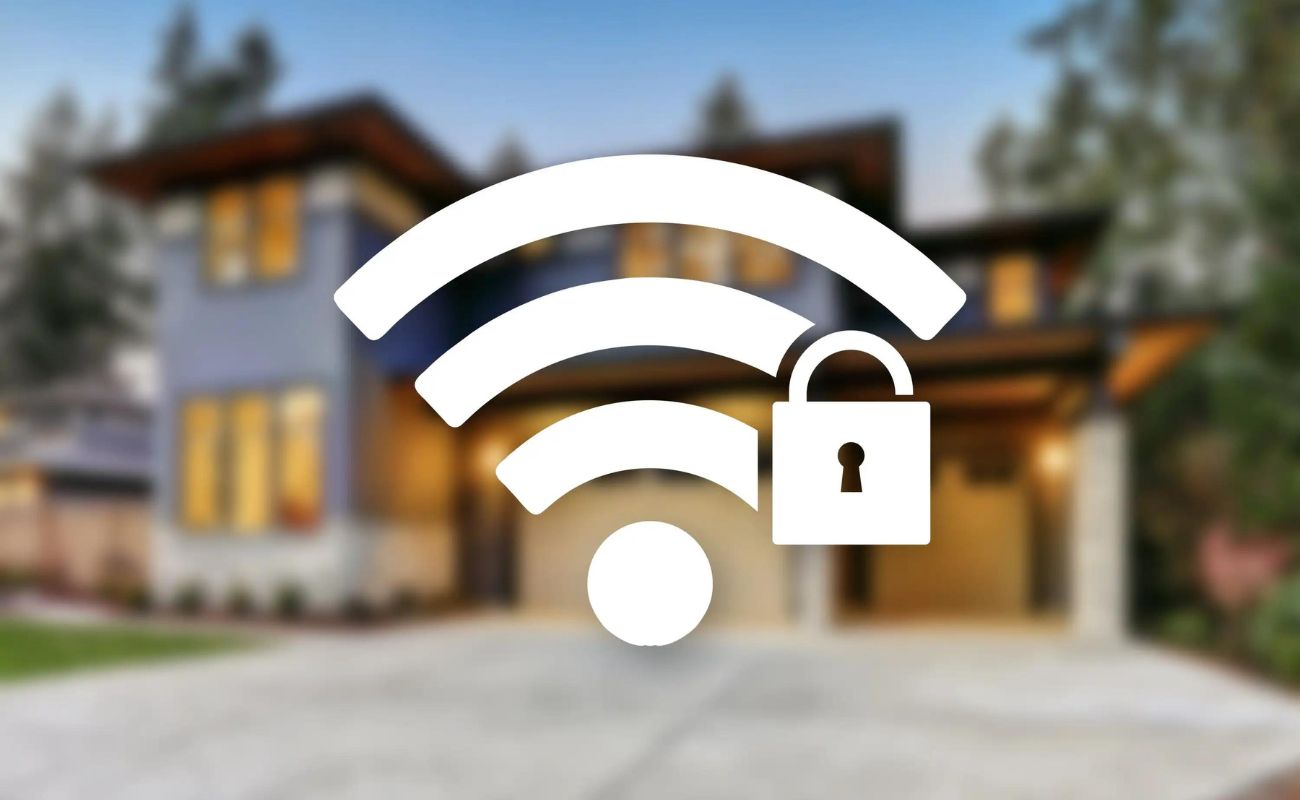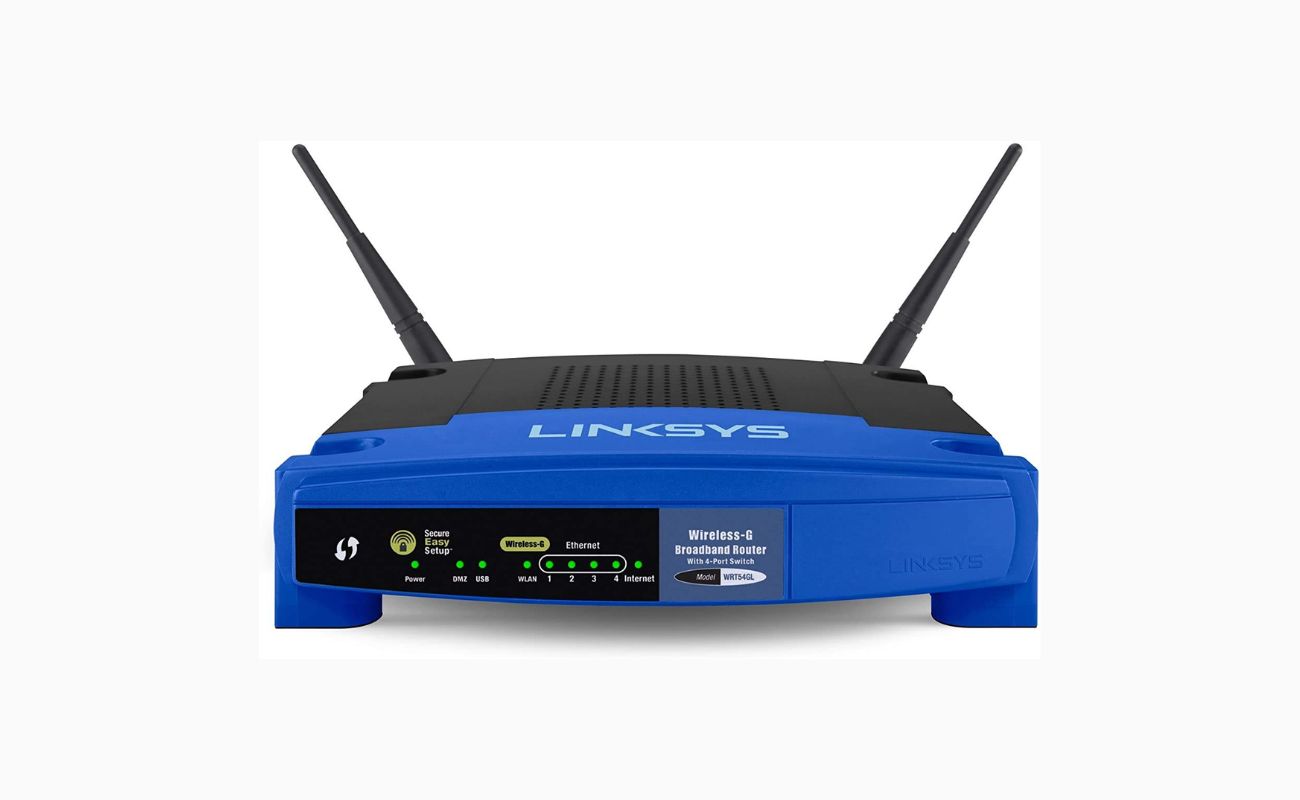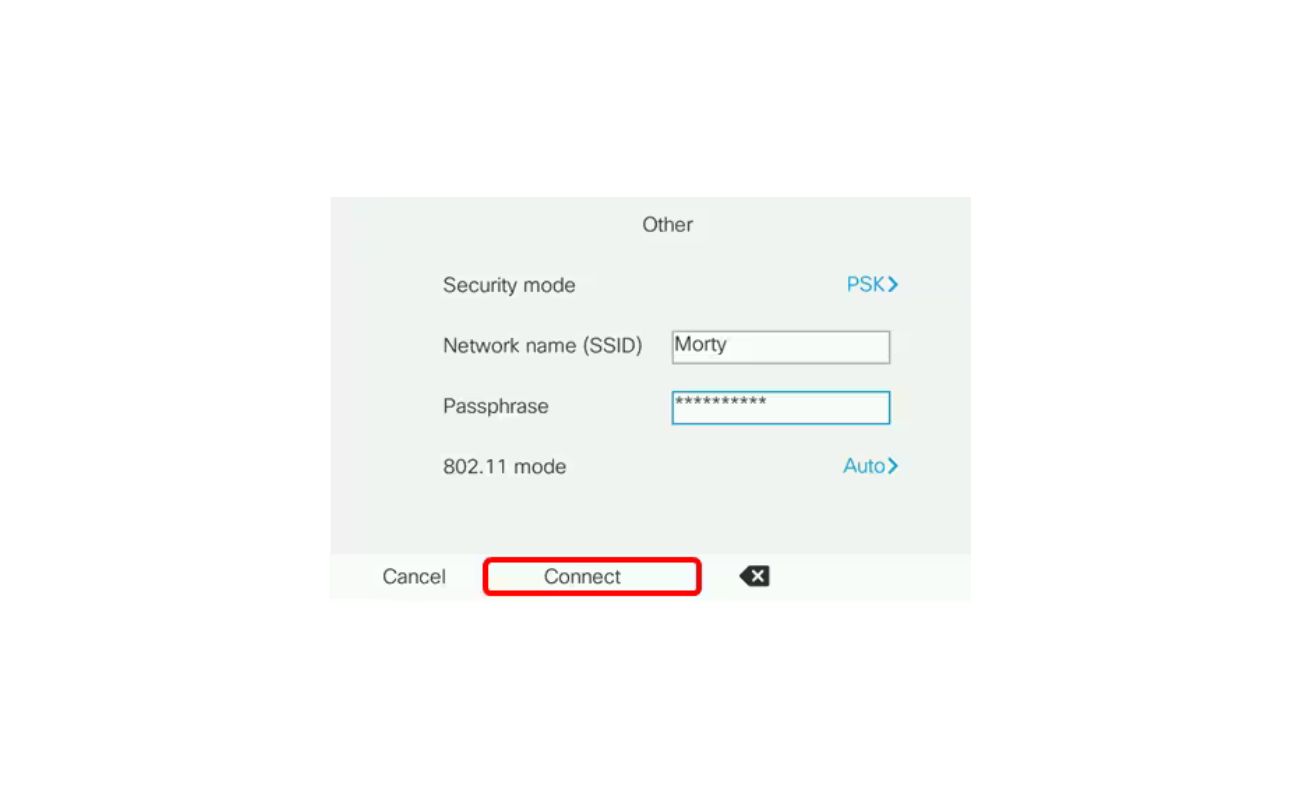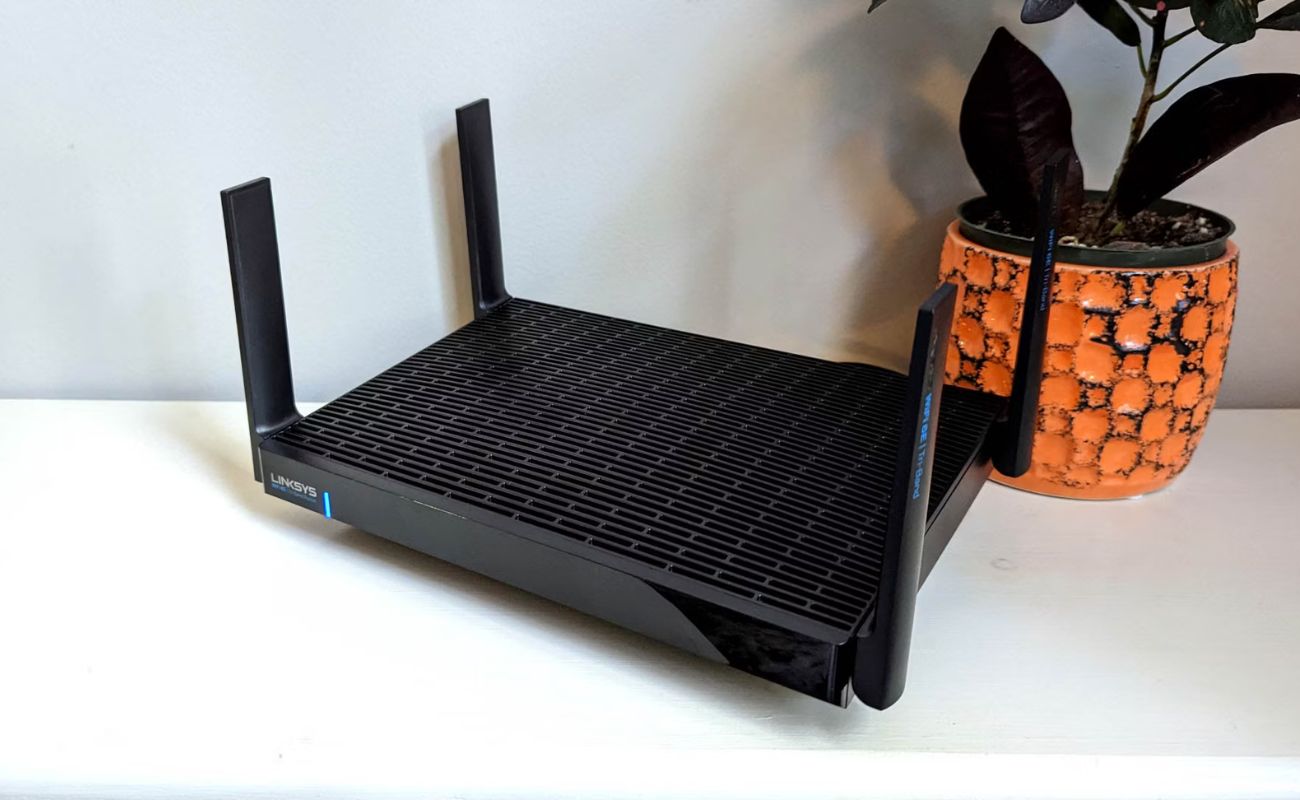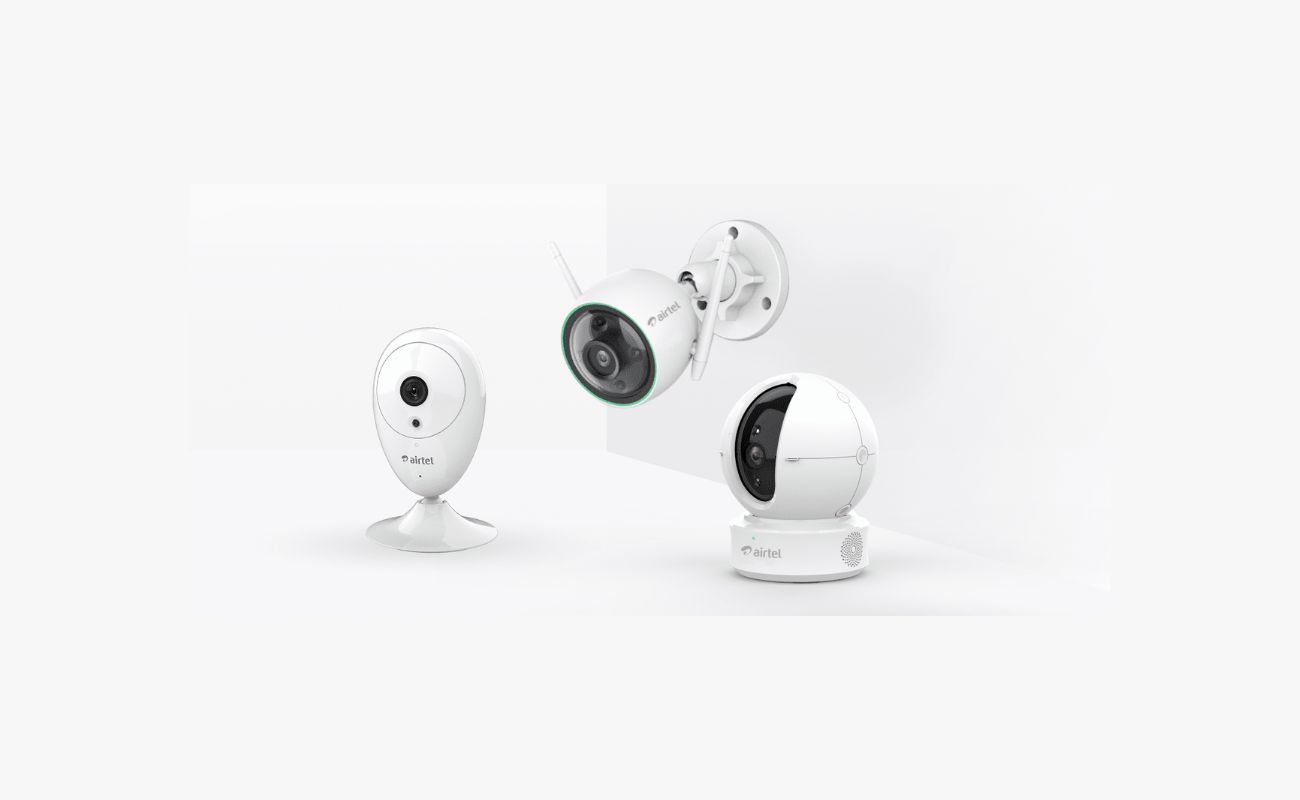Home>Home Security and Surveillance>Why Wireless Security Considerations Should Be Substantial And Flow Logically
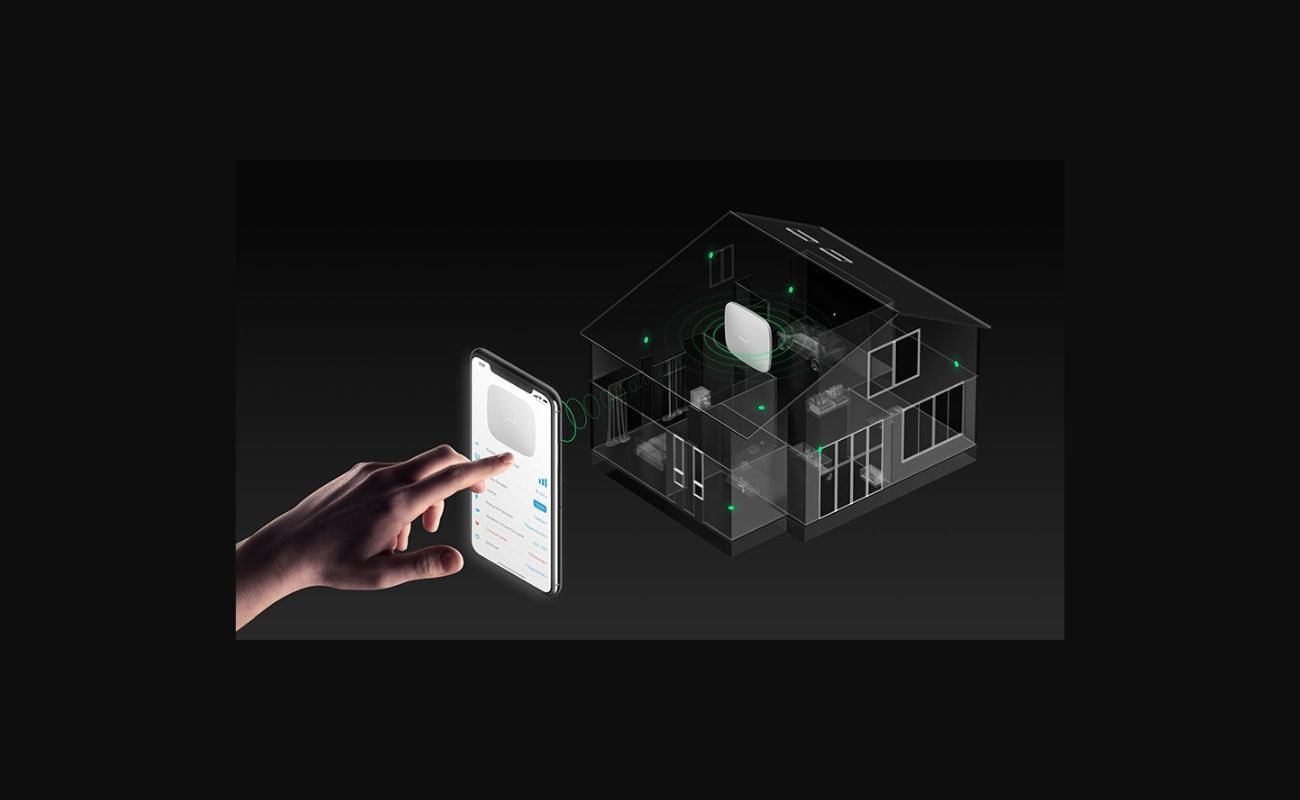

Home Security and Surveillance
Why Wireless Security Considerations Should Be Substantial And Flow Logically
Modified: September 1, 2024
Enhance your home security and surveillance with these wireless systems. Learn why considering wireless security is crucial and how it can provide logical and seamless protection.
(Many of the links in this article redirect to a specific reviewed product. Your purchase of these products through affiliate links helps to generate commission for Storables.com, at no extra cost. Learn more)
Introduction
When it comes to home security, wireless technology has revolutionized the way we protect our homes and loved ones. With the advancements in wireless security systems and surveillance technologies, homeowners now have more options than ever to safeguard their homes from potential threats.
However, it’s important to understand that setting up a wireless security system goes beyond simply installing a few cameras and sensors. There are several considerations that need to be taken into account to ensure that your wireless security system is substantial and flows logically, providing the level of protection you and your family deserve.
In this article, we will explore the various wireless security threats, the importance of wireless security considerations, key factors to consider, best practices, and common mistakes to avoid when setting up a wireless security system.
Key Takeaways:
- Protect Your Home Like a Pro
Setting up a wireless security system involves more than just installing cameras. Consider authentication, encryption, and access control to safeguard your data and ensure business continuity. - Avoid Rookie Mistakes, Stay Secure
Don’t use default passwords or ignore updates. Protect your home by educating your family, implementing strong password policies, and practicing effective patch management.
Wireless Security Threats
Before delving into the importance of wireless security considerations, it’s crucial to understand the potential threats that exist in the wireless security landscape. By being aware of these threats, you can better protect your home and eliminate vulnerabilities.
1. Malicious Attacks: One of the primary wireless security threats is the risk of malicious attacks. Hackers and cybercriminals can target your wireless security system to gain unauthorized access to your home network or steal sensitive information. They may attempt to exploit vulnerabilities in your wireless devices or use malware to gain control over your system.
2. Unauthorized Access: Wireless networks, if not properly secured, can become an easy target for unauthorized users to gain access. This could lead to potential security breaches, such as unauthorized surveillance of your home or even physical intrusion. It is essential to implement robust security measures to prevent these unauthorized access attempts.
3. Interference: Another significant threat to wireless security is interference from external sources. This interference can disrupt the functioning of your wireless security system and compromise its effectiveness. It can come from various sources, including neighboring networks, electronic devices, and even environmental factors like walls and obstructions.
These wireless security threats highlight the need for comprehensive security measures to protect your home. By understanding these risks, you can take appropriate steps to mitigate them and ensure the safety and security of your property.
Importance of Wireless Security Considerations
Wireless security considerations play a crucial role in ensuring the effectiveness and reliability of your home security system. Here are three key reasons why these considerations are of substantial importance:
1. Protecting Sensitive Data: A wireless security system is not just about monitoring activities around your home; it also involves transmitting and storing sensitive data. This includes video footage, access logs, and other personal information. Without robust security measures, this data could be vulnerable to interception, hacking, or misuse. By prioritizing wireless security, you can protect your sensitive data from falling into the wrong hands.
2. Business Continuity: If you rely on your home security system for monitoring your property remotely or for receiving alerts on potential threats, any disruption in the system can affect your business continuity. A well-designed wireless security system with proper backup measures ensures that your monitoring and alert systems continue to function even during power outages or network interruptions, allowing you to maintain constant vigilance over your property.
3. Regulatory Compliance: Depending on your location, there may be specific regulations and compliance requirements concerning the security of your home. Wireless security considerations play a vital role in meeting these requirements. By implementing appropriate security measures and following industry best practices, you not only protect your property but also ensure that you comply with any applicable regulations or standards.
By understanding the importance of wireless security considerations, you can make informed decisions when setting up your home security system, leading to a more robust and reliable solution.
Key Factors to Consider in Wireless Security
When it comes to wireless security, there are several key factors that you should consider to ensure a comprehensive and effective protection system. These factors address different aspects of security, including authentication, encryption, access control, and network monitoring:
1. Authentication: Authentication is the process of verifying the identity of individuals or devices attempting to connect to your wireless network or access your security system. Implementing strong authentication protocols, such as using unique usernames and passwords, multi-factor authentication, or biometric authentication, adds an additional layer of security and prevents unauthorized access.
2. Encryption: Encryption is the process of converting data into a format that is unreadable without the appropriate decryption key. It ensures that any data transmitted over your wireless network is secure and cannot be intercepted or deciphered by unauthorized individuals. Strong encryption protocols, such as WPA2 or WPA3, should be used to protect your wireless communications.
3. Access Control: Access control allows you to define and manage who has permission to access your wireless security system. By implementing access controls, you can restrict access to authorized individuals or devices and prevent unauthorized users from tampering with or compromising your system. This includes controlling access to cameras, sensors, and other network devices.
4. Network Monitoring: Network monitoring involves continuously monitoring your wireless network to detect any suspicious activities or potential security breaches. By implementing network monitoring tools, you can identify and respond to any unauthorized access attempts, anomalous behavior, or network vulnerabilities promptly.
By carefully considering these key factors, you can establish a robust wireless security system that provides the necessary protection for your home and loved ones.
When discussing wireless security, consider the potential threats and vulnerabilities specific to wireless networks, such as eavesdropping and unauthorized access. Ensure that your considerations flow logically to address these concerns effectively.
Best Practices for Wireless Security
Implementing best practices for wireless security is essential to ensure the integrity and effectiveness of your home security system. By following these practices, you can strengthen your wireless security and protect against potential threats:
1. Regular Audits and Scans: Conducting regular audits and vulnerability scans helps identify any potential weaknesses in your wireless security system. By assessing your network and devices, you can uncover vulnerabilities and take appropriate measures to address them promptly.
2. Strong Password Policies: Implementing strong password policies is crucial to prevent unauthorized access to your wireless network and security devices. This includes using unique and complex passwords for each device, regularly updating passwords, and encouraging the use of multi-factor authentication whenever possible.
3. Employee Education and Awareness: Educating your family members or employees on wireless security best practices is essential to ensure that everyone involved understands their role in maintaining a secure environment. This includes training on identifying phishing attempts, recognizing social engineering tactics, and the importance of following security protocols.
4. Patch Management: Regularly updating and patching your wireless security system and devices is crucial to ensure that you have the latest security patches and bug fixes. This helps protect against known vulnerabilities and keeps your system up to date with the latest security enhancements.
By incorporating these best practices into your wireless security strategy, you can enhance the overall security posture of your home and minimize the risk of potential breaches or unauthorized access.
Read more: Why Do We Need Wireless Security?
Common Wireless Security Mistakes to Avoid
When setting up a wireless security system, it is important to be aware of common mistakes that can compromise the effectiveness of your security measures. By avoiding these mistakes, you can significantly enhance the security of your home. Here are some common wireless security mistakes to avoid:
1. Default or Weak Passwords: One of the most common mistakes is using default or weak passwords for your wireless network or security devices. Default passwords are widely known and can easily be exploited by attackers. Weak passwords are also susceptible to brute-force attacks. It is crucial to choose strong, unique passwords and update them regularly to prevent unauthorized access.
2. Lack of Regular Updates: Failing to regularly update your wireless security system and devices leaves them vulnerable to known vulnerabilities. Updates often include crucial security patches that address emerging threats and protect against potential exploits. Keeping your system up to date is essential to maintain a secure environment.
3. Ignoring Physical Security: While securing your wireless network is important, it is equally crucial to protect the physical aspects of your security system. Ignoring physical security can lead to unauthorized access or tampering with cameras, sensors, or other devices. Ensure that security devices are securely mounted, and access to them is restricted to trusted individuals.
4. Weak Encryption Protocols: Using weak encryption protocols for your wireless network compromises the confidentiality and integrity of your data. Avoid using outdated or vulnerable encryption methods and opt for strong encryption protocols, such as WPA2 or WPA3, to ensure the privacy and security of your communications.
Avoiding these common wireless security mistakes helps fortify your home against potential threats and ensures the effectiveness of your security measures. By staying vigilant and following best practices, you can maintain a secure and protected environment for you and your loved ones.
Conclusion
In today’s digital age, wireless security is of utmost importance when it comes to protecting our homes and loved ones. By considering key factors such as authentication, encryption, access control, and network monitoring, we can establish robust and reliable wireless security systems.
Wireless security threats, ranging from malicious attacks to unauthorized access and interference, highlight the need for comprehensive security measures. Protecting sensitive data, ensuring business continuity, and complying with regulatory standards are all key reasons why wireless security considerations should be substantial and flow logically.
By following best practices such as regular audits and scans, implementing strong password policies, educating employees or family members, and practicing effective patch management, we can enhance the overall security posture of our wireless security systems.
Additionally, avoiding common wireless security mistakes, including the use of default or weak passwords, lack of regular updates, ignoring physical security, and weak encryption protocols, can prevent potential breaches and unauthorized access.
By prioritizing wireless security and taking proactive measures, we can create a safe and secure environment within our homes. A well-designed wireless security system not only protects our homes and possessions but also provides us with peace of mind, knowing that our loved ones and valuable assets are secure.
Remember, wireless security is an ongoing process. It requires regular maintenance, updates, and staying informed about the latest security technologies and best practices. By continuously evaluating and improving our wireless security measures, we can stay one step ahead of potential threats and ensure the long-term effectiveness of our security systems.
Frequently Asked Questions about Why Wireless Security Considerations Should Be Substantial And Flow Logically
Was this page helpful?
At Storables.com, we guarantee accurate and reliable information. Our content, validated by Expert Board Contributors, is crafted following stringent Editorial Policies. We're committed to providing you with well-researched, expert-backed insights for all your informational needs.

